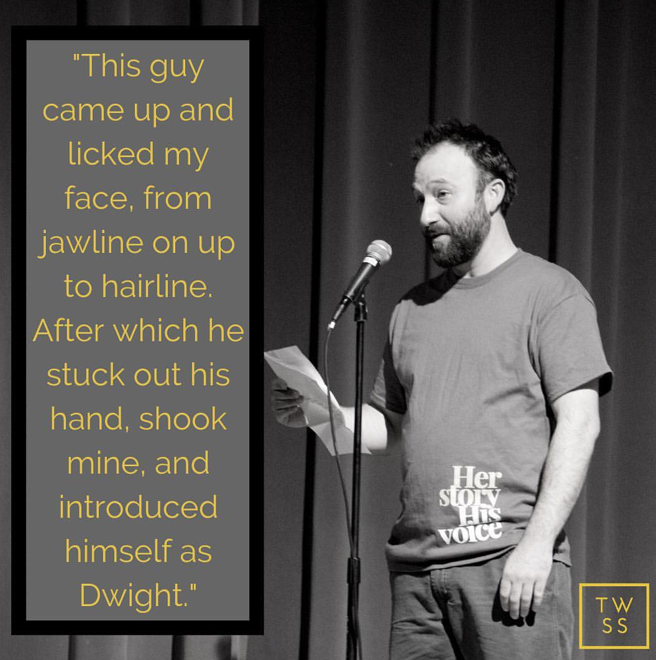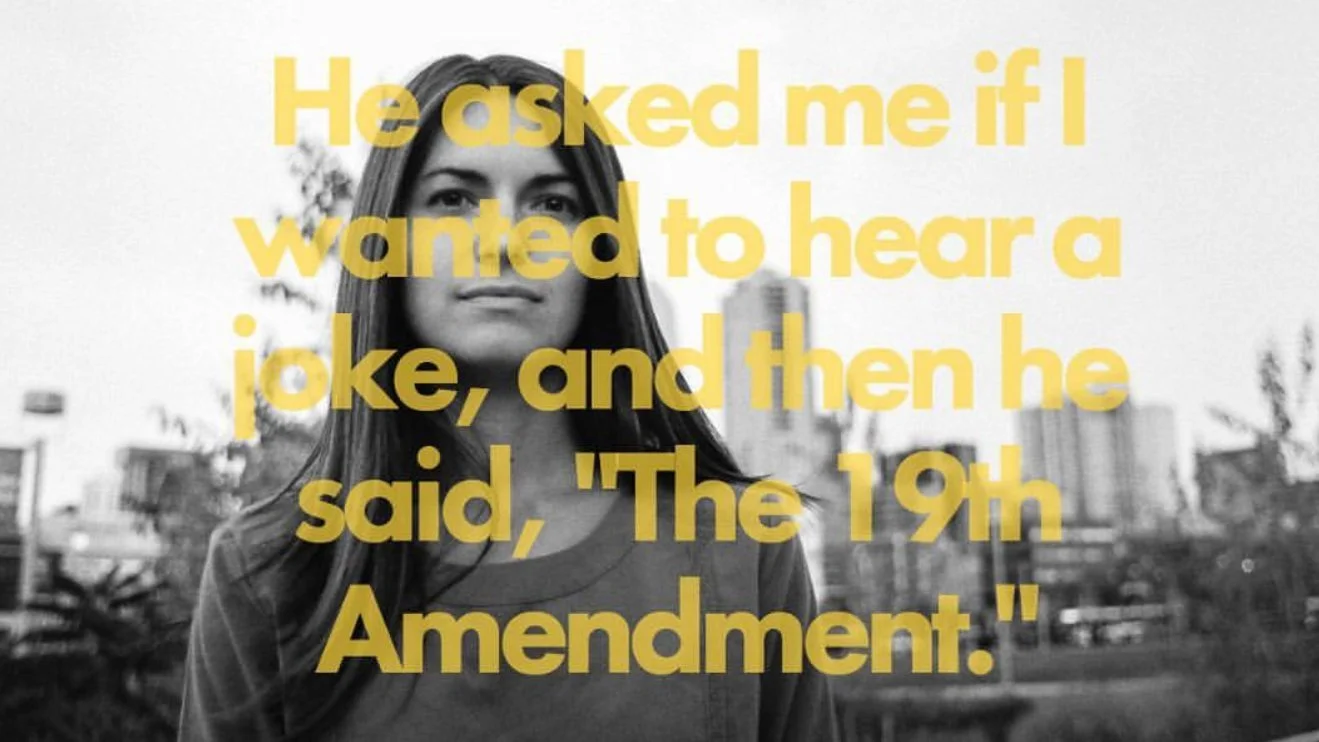Her Story, His Voice: That’s What She Said
No eye in the room was dry, no diaphragm left feeling strong; we cried and laughed until we ached. Two hours of stories, written by female identifying folx, spanned the spectrum of femininity.
We heard stories which focused on a range of topics, from stories about poop to stories of assault and from deep disclosures to comedic rants. This was That’s What She Said, an evening performance during which cis men walked onto an empty stage, opened envelopes, and read—cold—stories written by anonymous women+ individuals.
We were exploring the insanity of enforcing a gender binary; some stories sounded like they easily could have been written by the cis male voicing the words, and others illustrated the pain of being forced into a binary system or a dominated category of identification. Others raised questions around the preconceived notions of femininity or the realities of intersectionality, and still others illuminated the energy consumed by either conforming with, or resisting, our current culture’s expectations of women.
We were also playing with the credibility gap. Women’s words enter the world, walking on a carpet of breath, and mingle with the invisible—from oxygen to unchecked sexism—before landing, laden with implications, upon ears which all too often discredit a femme voice. So, we staged these stories as read by the voices of cis men. Many of our readers interrupted their own readings with exhalations of disbelief, with tears, and with sudden moments of fear, guilt, or empathetic pain. It wouldn’t end sexism, of course, but it would be, for both the readers, the writers, and the audience, a step towards understanding that can begin to erode the binary constrictions.




